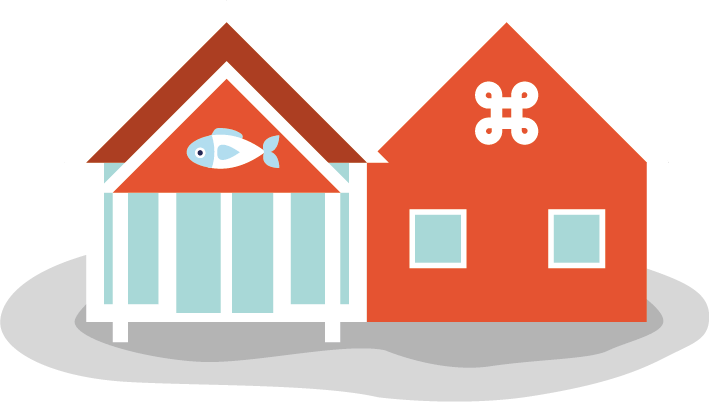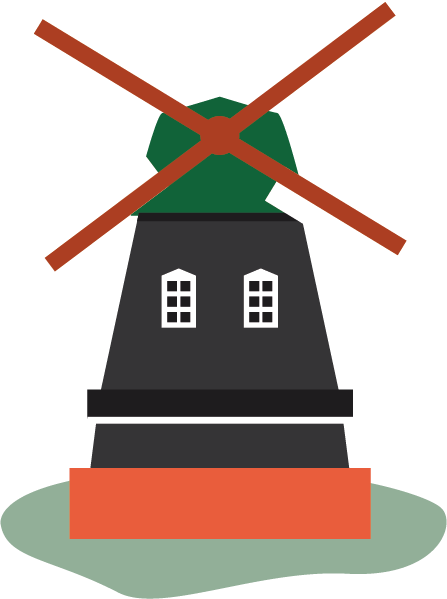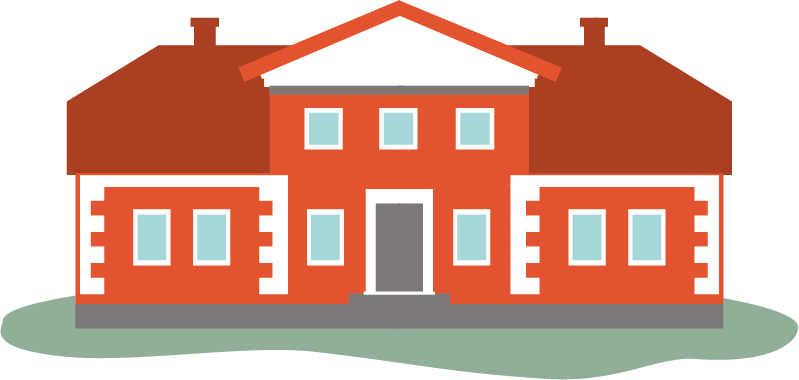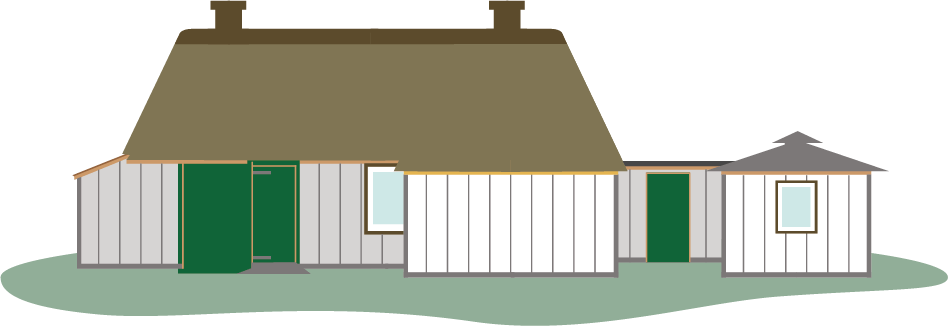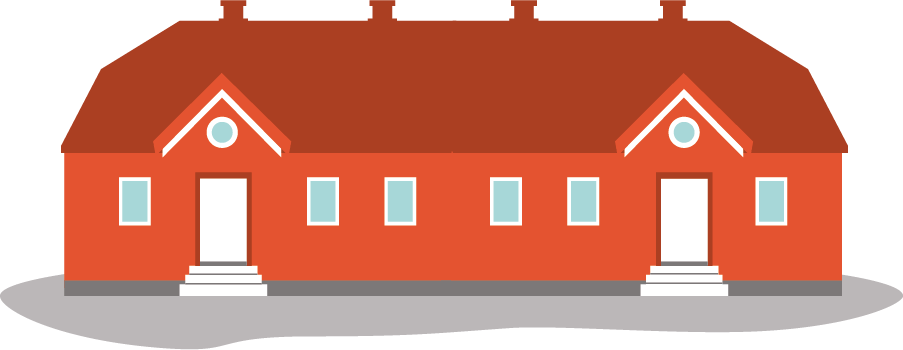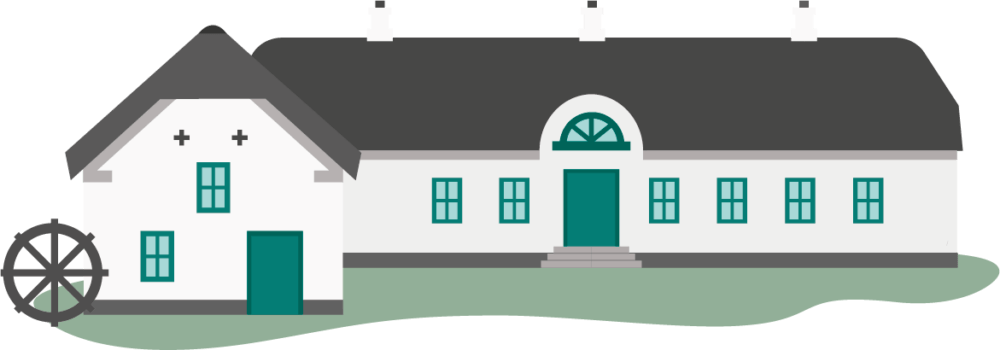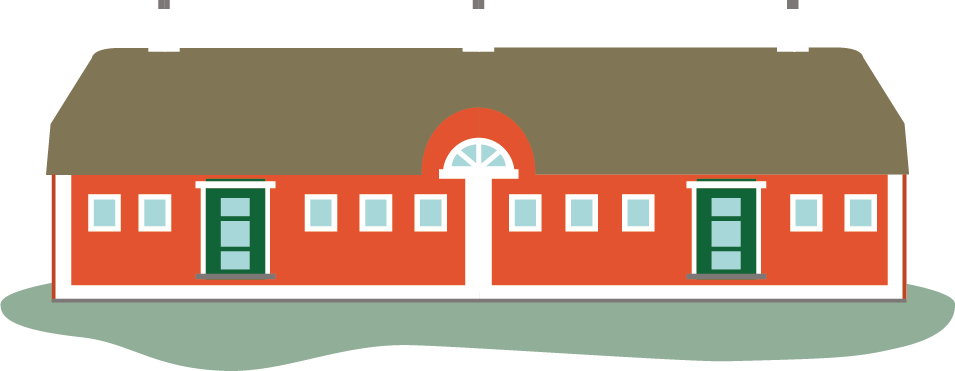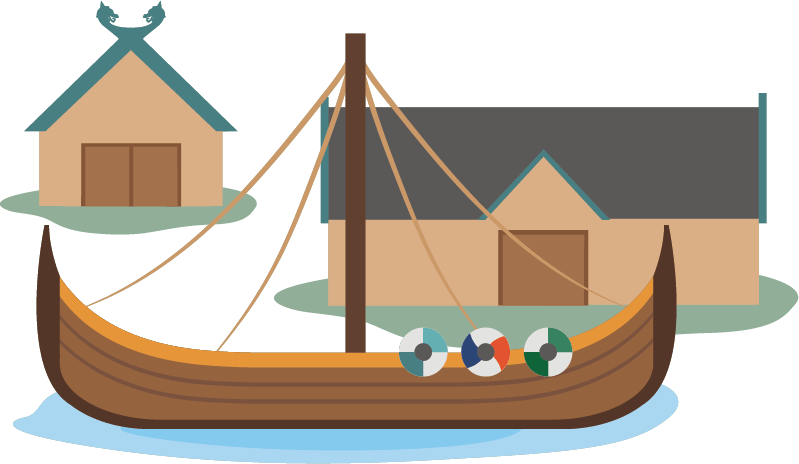Strategy and plans
The museum has looked at what future trends will characterize our use of culture and museums in the coming years. Sustainability is such a big trend that it is being incorporated into all areas of the museum and is part of the museum's mission. In addition, we have selected four trends that we believe we can be among the strongest museums in.
The museum is currently working on revising the current development plan.
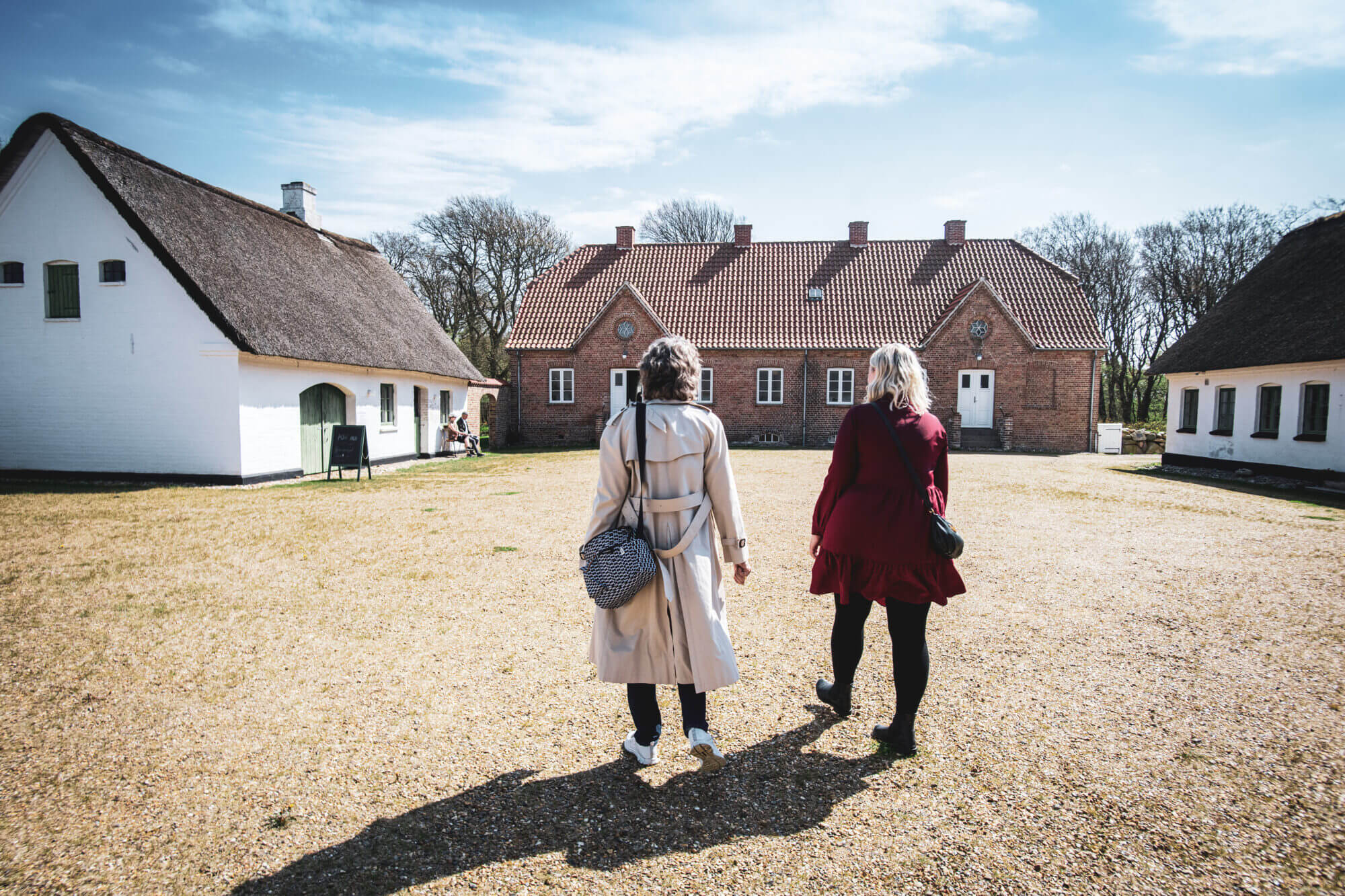
Action area 1:
Who are we for?
A key task in the development plan is to ask who Ringkøbing Fjord Museums is for? When we develop the museum's visitor sites, and when we prioritize the museum's tasks within communication and conservation, we must focus on the museum users of the future and the trends we can discern in the development of society. This task also means that we must be good hosts and invite others into history so that our guests and users can feel it.
Action area 2:
History must be told vividly so it changes people
In recent years, the museum's main brand has been "Living History". This is strong when the number of visitors is large enough for us to provide interpreters who bring history to life, but almost an anti-brand in the off-season when there are fewer resources. Part of the task is to expand the toolbox with less manpower-intensive communication techniques that, with the help of technological solutions and a focus on personal stories and guests' social experiences, still make history feel alive.
Action area 3:
Strong attractions and tourists
Ringkøbing Fjord Museer's total number of visitors is over 220,000. Ringkøbing Fjord Museums was number 15 on the list of museums in Denmark in terms of total visitor numbers. This can be attributed to the high number of tourists in Destination Vesterhavet and that the museum's offers are attractive to tourists.
Action area 4:
From one unified brand to multiple sub-brands
A fourth important task is to change the museum's identity and public face. The website, social media and marketing must be changed from branding one unified eco-museum to giving the individual visitor sites and other activities such as the school service and Archaeology West Jutland their own unique expression. A new identity requires new names, style and logo for the individual visitor sites and for the overall museum. A future Ringkøbing Fjord Museums will not focus on being one museum, but on being many unique visitor sites with their own brands - united under one museum institution.
A multi-stage rocket from 2021-2030
The development plan should be seen as the first module in a multi-stage rocket that will be a real 'turn around'. First and foremost, the museum will focus on "guests first" instead of "buildings first". This means that the museum's primary focus will shift from building preservation to how the museum's communication captures different types of guests - and as many of them as possible - and gives them a fantastic overall experience.
The first step in the rocket is for the museum to accept its strength as an attraction museum. We must take it as a starting point that Ringkøbing Fjord Museer is located in the middle of Denmark's largest physical and visitor-related coastal destination. The museum's primary visitor potential lies in Danish and German tourists in particular, and secondarily in the 57,000 local citizens.
The first step 2021-2025 will create the basis for the museum to have changed significantly by 2030. The main focus of the first module is organizational change, sharpening of focus areas, formulation of sub-strategies for the museum's various teams, formulation of projects for expansion, change or innovation of the museum's communication platforms, political lobbying and initial dialogues with foundations that could eventually support the projects that really unfold in steps two and three from 2025-2030+.
In other words, it will not be particularly visible in the coming years that Ringkøbing Fjord Museums is changing. However, the changes will be felt among the museum's employees, seen in a new name and visual expression, experienced as new ways of communicating the museum, and experienced in the offices of the major foundations.
